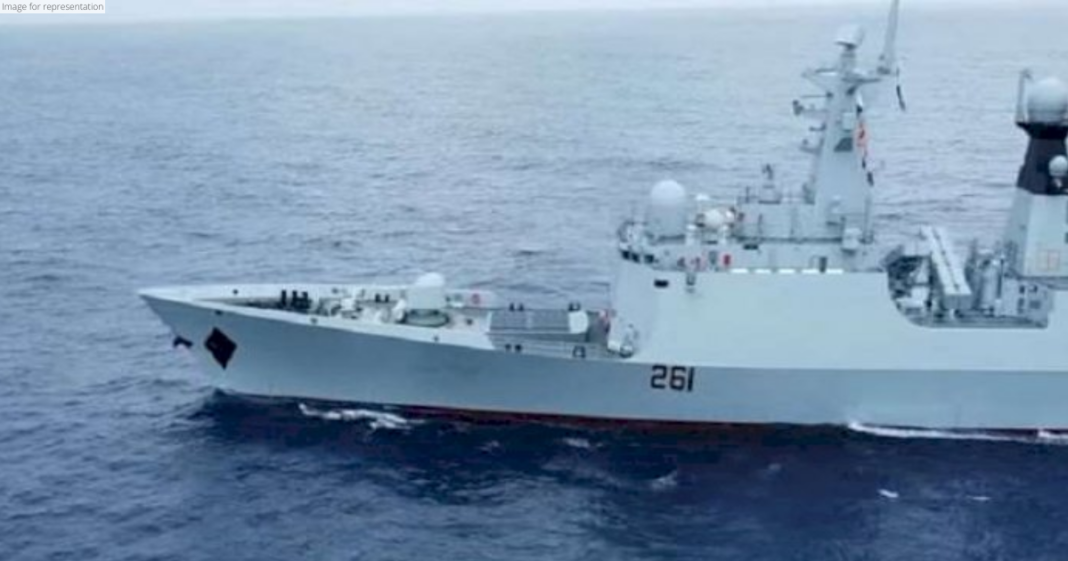Pakistan inducted Chinese multi-role frigates as part of their efforts to strengthen its sea frontiers, however, these frigates are giving jitters to the Pakistani Navy due to the defective critical components and poor service from Chinese manufacturers.
Di Valerio Fabbri, writing in Geopolitica.info said that these have forced the Pakistani Navy to operate these frigates with degraded operational capabilities, compromising some of the key mission objectives with which these ships were bought at a high price.
At least four Chinese frigates, F-22P were commissioned in July 2009, are giving nightmares to Pakistani Navy officers and men tasked to keep them afloat in the turbulent waters of the Arabian Sea and the Indian Ocean.
After the commissioning of the frigates, the Pakistani Navy found out that the onboard imaging device of the FM90 (N) missile system was defective because of a faulty indication on display, reported Geopolitica.info.
The system was unable to lock on to the target which, in a way, made the missiles ineffective, thereby defeating one of the critical mission objectives.
As it turned out, these ships were found to be equipped with a defective infra-red sensor (IR17) system and SR 60 radars, two of the most important sensors on board, which are used for air and surface search.
These search and track radars were found to exhibit faults during high-power transmissions, substantially degrading their operational utility. The IR 17 sensors on all the ships were found to be defective and had to be discarded, with the replacement yet to be fitted, reported Geopolitica.info.
Another set of common faults in the Chinese-built frigates was found in its main engines. These frigates are powered by four diesel engines. A critical engine defect has been low engine speed caused by high turbocharger exhaust temperatures, especially in engines 3 and 4, on all the frigates, said Fabbri.
A high degree of degradation was noticed in the engine crankcase and liner which undermined the coolant chemistry in the ships. Lube oil degradation and deterioration of vibration isolators were some other faults in the engines.
There were other specific deficiencies in different ships. PNS Aslat, for instance, exhibited poor radar performance. The ASO-94 Sonar system on Aslat was erratic in its performance and on inspection it was found it was caused by faulty computing units.
Likewise, Aslat’s SR-47 BG Search Radar was below par in performance and repairs were carried out with cannibalised parts from other F22P ships. The frigate developed a serious snag during an operational deployment in the Gulf of Aden, reported Geopolitica.info.
The Vice Chief of Naval Staff, Pakistan Navy, expressed great concern over the issue to the head of the shipping company and asked to be compensated for the loss of operational time.
An equally serious deficiency noticed in PNS Zulfiqar, the first Chinese frigate to be commissioned, was the NG 16 single barrel 76mm gun mounted on it.
The gun, equipped to engage other ships and aircraft and defend against anti-ship missiles, developed numerous faults in the mechanical and electrical parts, severely limiting its utility.
Meanwhile, PNS Saif has been running with a problematic HP5 stabiliser gyro since its commissioning. A gyroscopic fin stabilizer, found on both sides of a ship’s hull, prevents excess rolling of a ship, in either direction.
The Chinese firm admitted that the fault was caused by defective Gimball Assembly motors. These motors were yet to be repaired or replaced, endangering the ship’s berthing operations.

